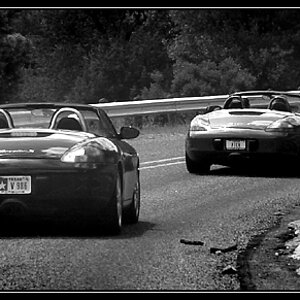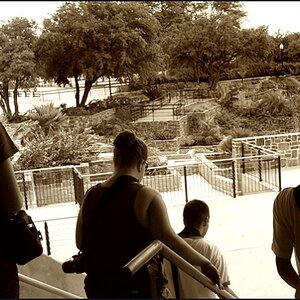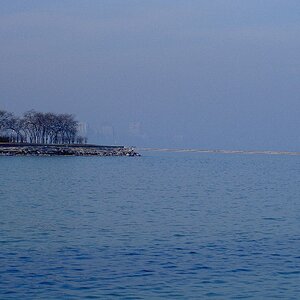dyous87
TPF Noob!
- Joined
- Nov 9, 2014
- Messages
- 12
- Reaction score
- 2
- Can others edit my Photos
- Photos NOT OK to edit
I've been doing some research on mirrorless cameras and am trying to decide on which new camera system to buy. Ideally I want to start investing in a system that I will stick with going forward.
My family currently has a Nikon D5200 which is used as our go to camera but I want to invest in a mirrorless system that can sort of be my own personal camera.
I am currently trying to decide between the following:
If I go for the Sony a6000 body I wouldn't need to purchase it with a kit lens since I have an 18-55mm F3.5-5.6 OSS E-mount Zoom Lens that came with my a3000.
This puts the Sony system 200 dollars cheaper then the Olympus with kit lens ($749.99 vs. $549.99). With that in mind what would you all suggest? Does it make sense to stay in the E-Mount world since I already have a pretty decent 18.55mm lens or is it wiser to invest in MFT as a more flexible system for the future?
My family currently has a Nikon D5200 which is used as our go to camera but I want to invest in a mirrorless system that can sort of be my own personal camera.
I am currently trying to decide between the following:
- Olympus OM-D E-M10 kit with M.Zuiko 14-42mm f3.5-5.6 II R lens
- Sony Alpha a6000 (body only)
If I go for the Sony a6000 body I wouldn't need to purchase it with a kit lens since I have an 18-55mm F3.5-5.6 OSS E-mount Zoom Lens that came with my a3000.
This puts the Sony system 200 dollars cheaper then the Olympus with kit lens ($749.99 vs. $549.99). With that in mind what would you all suggest? Does it make sense to stay in the E-Mount world since I already have a pretty decent 18.55mm lens or is it wiser to invest in MFT as a more flexible system for the future?


![[No title]](/data/xfmg/thumbnail/38/38262-10a9668da9a2b36a92cddde57caf87bc.jpg?1619738547)

![[No title]](/data/xfmg/thumbnail/30/30881-c36788e79b12973b7bf57c94b46961e9.jpg?1619734495)

![[No title]](/data/xfmg/thumbnail/30/30880-eb7252c7e6df26b6cbc7065d2838df96.jpg?1619734495)






